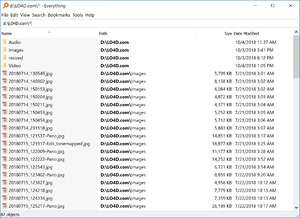

Now we just select which metapackages we want and then we cant hit “Apply” then “OK” and finally supply our password.

We first run the following command: :~$ kali-tweaksįrom here we will navigate into the “Metapackages” tab. After it’s complete, installing a metapackage ( kali-linux-default in this example) is simply a matter of running one command: :~$ sudo apt install -y kali-linux-defaultĪlternatively we can use kali-tweaks to install metapackage groups for us. The step above might take a while, depending on how many packages need to be updated. The procedure to update Kali is documented in details on the page Updating Kali, but in short, it boils down to two commands: :~$ sudo apt update While not mandatory, this step is highly recommended to make sure the metapackages can be installed without any unexpected side-effects. To install a metapackage, we are going to first update the system. Need just enough to use Linux? Want enough to conduct Pentests? Perhaps nearly every package available in Kali? One way is allowing users to decide how many packages out of the total Kali list they would like to install. Metapackages are used to install many packages at one time, created as a list of dependencies on other packages.


 0 kommentar(er)
0 kommentar(er)
